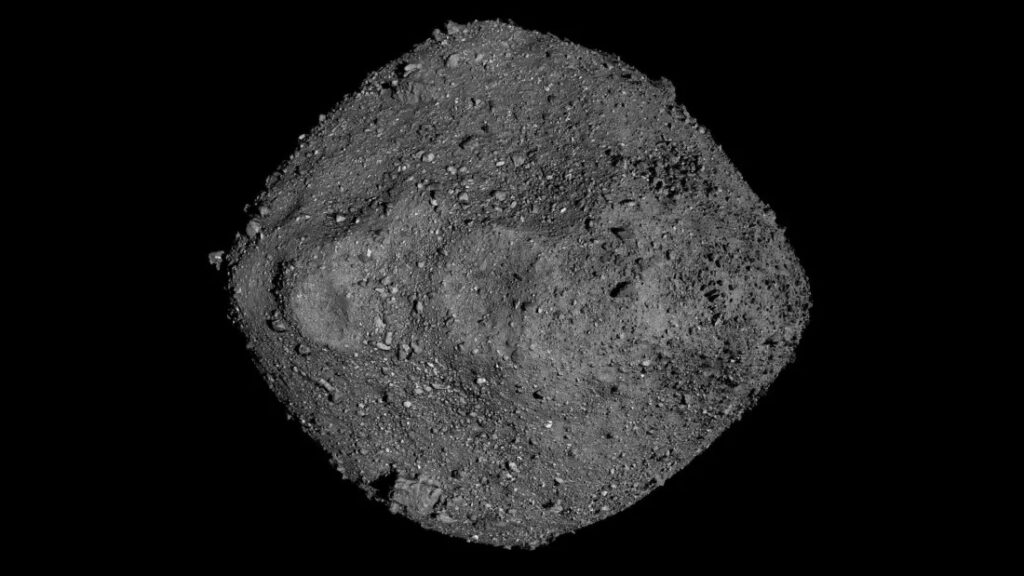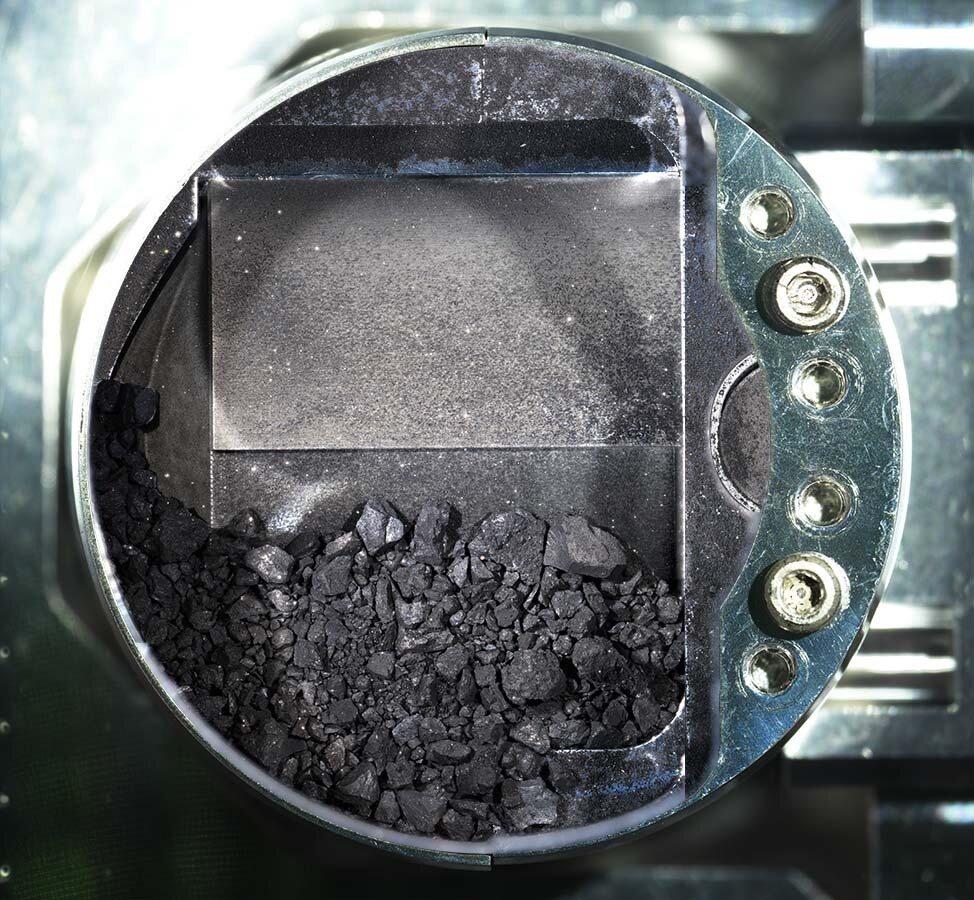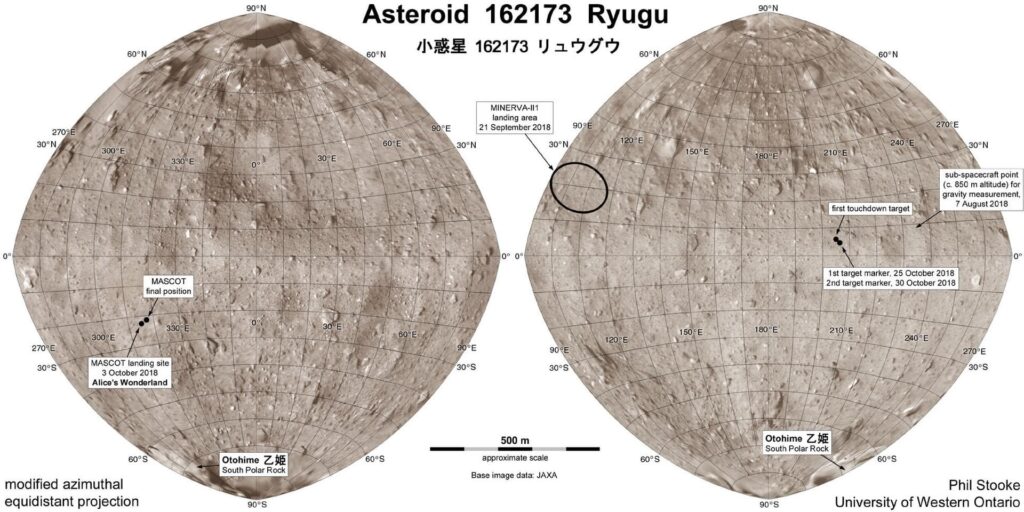Ryugu asteroid (162173 Ryugu) may be the nucleus of a comet that has completely depleted its volatile stuff. This is stated in an article by Japanese researchers published in a recent issue of The Astrophysical Journal Letters.
Ryugu asteroid
Ryugu is a near-Earth asteroid whose orbit intersects the orbit of Mars and Earth. During the period from 2018 to 2019, it was studied by the Japanese mission “Hayabusa-2”. The device compiled detailed maps of the surface of the small body, and also delivered to Earth samples of its substance.

Hayabusa-2 data show that Ryugu is not a monolithic object, but a so-called “Garbage pile” — a cluster of stones held by gravity. The asteroid itself has a spiral shape due to its deformation caused by rapid rotation around its axis. Finally, the surface of Ryugu contains a significant amount of organic matter.

The presence of a large amount of organic matter raises questions about the origin of Ryugu. According to most scientists, the asteroid “gathered” from the debris thrown during the collision of two large bodies. However, Japanese researchers from the University of Nagoya have a different version. They believe that Ryugu may be the nucleus of a “burned out” comet.
The cometary past of Ryugu
According to scientists, the cometary origin of Ryugu can explain all the features of its structure. As volatile substances were lost, the mass of the body’s nucleus decreased, which led to an increase in the speed of rotation and deformation. In addition, it is known that comets contain a large amount of organic matter, which well explains the composition of the surface of Ryugu.

To test their hypothesis, astronomers conducted a series of simulations. They showed that Ryugu could remain an active comet for tens of thousands of years. Then it became part of the Main Belt of Asteroids, where under the influence of relatively high temperatures over time completely lost all remnants of ice and volatile substances, turning into a “garbage heap”.
If the conclusions of Japanese scientists are correct, other bodies with similar characteristics are also of cometary origin. Among them is the Bennu asteroid, a sample of which will be delivered to Earth in 2023 by the OSIRIS-REx mission.According to https://phys.org

